Like solid wood panelsLaminated beams - glulam as they are also known - are products derived from solid wood. They are increasingly used in construction and are preferred not only for their beauty and the possibility of creating truly spectacular buildings, but above all for their exceptional strength. This is not the first time I have presented lamellar beamsbut I will detail their special properties below.
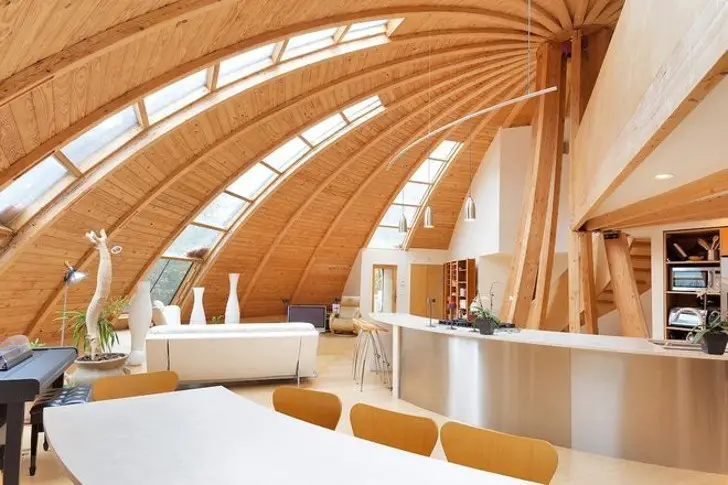
I've been saying lamellar beams because that's what they're known as. But the correct name is "glued laminated timber" as specified in the product standards. Glulam comes from the English name of the product -glued laminated timber - and it's basically a beam made of several layers of wood. But why should another product, mistakenly considered inferior by some, be made when you can make beams from solid wood? By cutting into the planks you reduce the stresses in the wood and remove defects and knots. The wood becomes more homogeneous and the mechanical properties increase dramatically due to the reduction of defects.

With glulam the gluing of the wooden slats is done along the grain. The wood used can be either resinous (grind, larch, pine) and deciduous (oakThe pieces of wood can be extended by joint in teeth, after which they are placed on top of each other and glued. This can result in beams several metres thick and over 50 metres long. Also because it is made from slats, the beam can be shaped into arched forms.
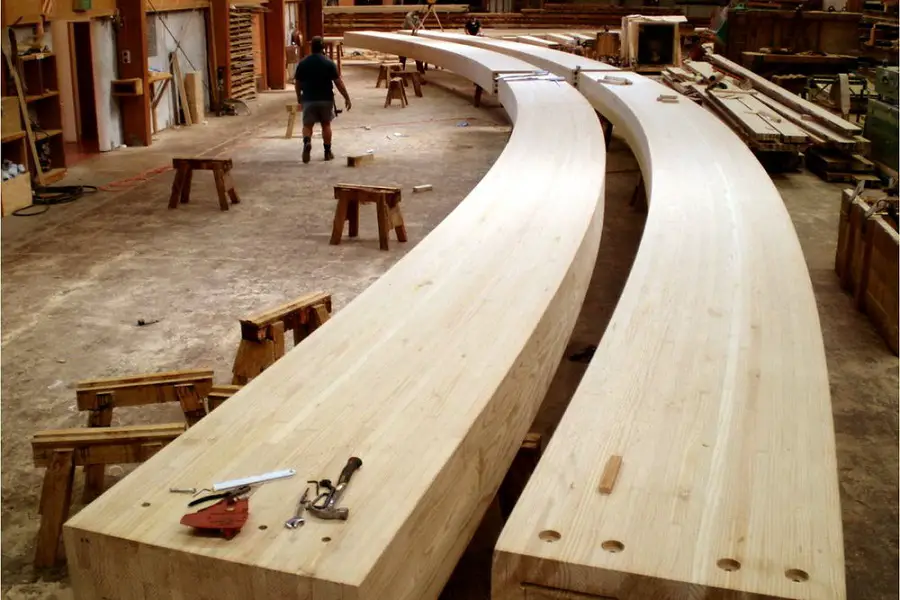
Very important in obtaining the beams is the adhesive, which must ensure the strength and durability of the beams, given that these beams are structural elements. The adhesives used are melamine, polyurethane or resin-based. Melamine adhesives (melamine-urea formaldehyde MUF) and polyurethane adhesives give white bond lines, while resinous adhesives give a darker brown bond line. The adhesives used have high strengths, and the beams can also be used outdoors or for building construction where chemicals that can destroy other building materials will be used.
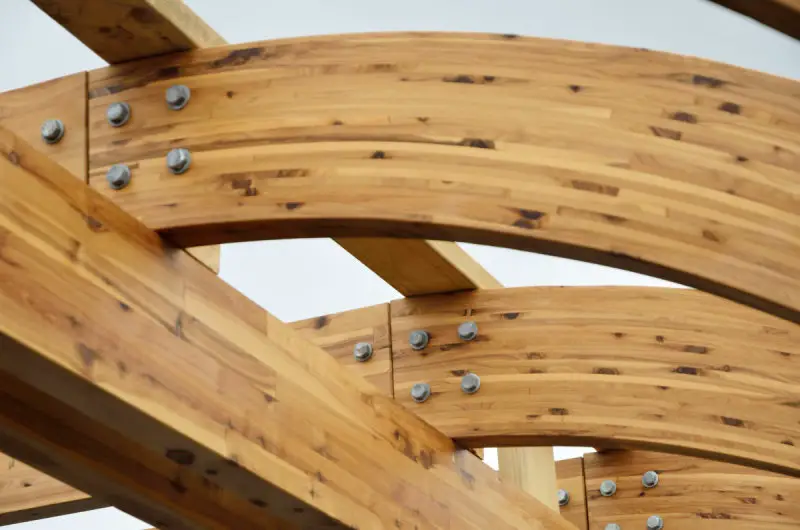
Laminated beams are increasingly used in construction because of properties that traditional materials do not have. Perhaps the most important of these is chemical resistanceincreased. They are resistant to the action of most acids, oxidation, ammonia or chlorine derivatives. For this reason they are used in the construction of animal farms (ammonia), swimming pools (chlorine), in salt works or in the construction of salt or coal deposits. For example, steel cannot withstand the conditions in a salt mine.
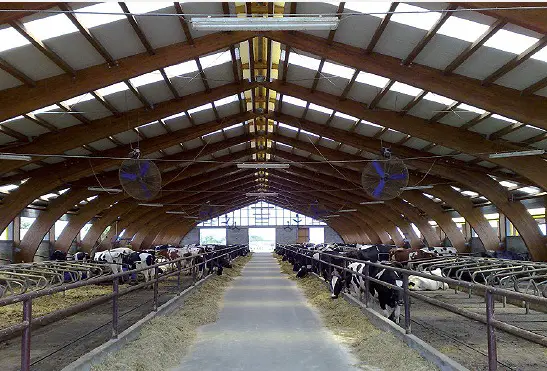
Despite being made of wood - a combustible product - they are very fire resistant. If we look at traditional building materials we find that steel loses its mechanical properties and is no longer considered a building material above 550grd.C (well below its melting temperature), and reinforced concrete cracks and deforms due to reduced hardness at high temperatures. Wood burnsbut it does not change its properties, so even if there is a layer of wood on the outside that has been converted to charcoal, the wood has the same mechanical properties on the inside. In the case of laminated beams, the wood burns on the outside, but it is very difficult to pass through the adhesive layers, so it advances very slowly. During this time the unburnt wood retains its properties even at high temperatures and the construction is still safe.
Another advantage of using laminated beams is much lower weight at the same mechanical strength. Depending on the species used, the specific weight can vary from 400 to 600 kg/mc (spruce beams have an average specific weight of 430 kg/mc). At the same strength, a steel beam is 20% heavier and a reinforced concrete beam 600% heavier. For example, a beam with a specific weight of 600 kg/mc provides the same strength as a reinforced concrete beam with a specific weight of 2500 kg/mc. Do you realise what this means for a building?
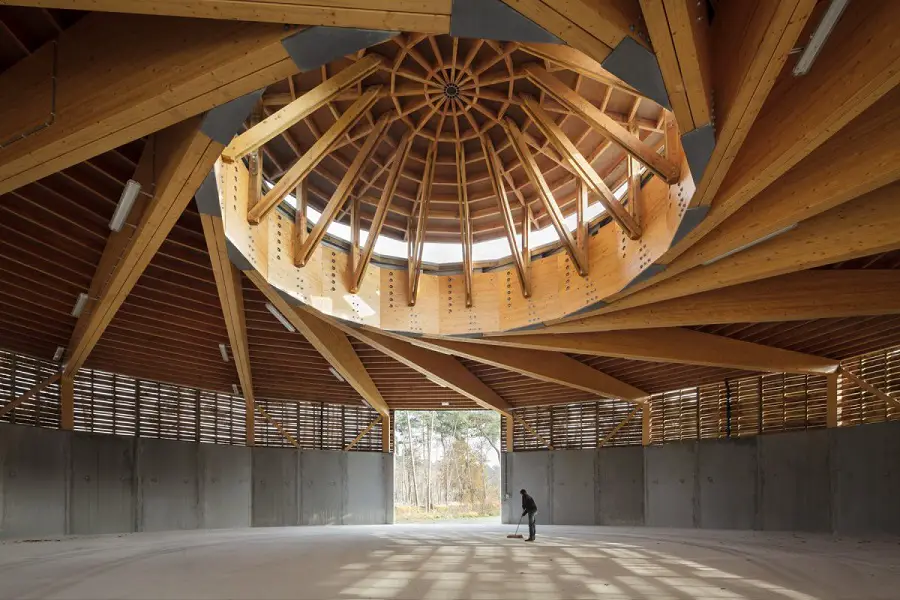
Constructions made on lamellar beams have a much higher earthquake resistance because of the high elasticity of the beams. Overlapping the lamellas parallel to the fibre leads to increased elasticity. This elasticity helps to damp out telluric movements and makes the construction much stronger (and lighter) than a rigid reinforced concrete structure.

Lamellar beams are an architect's dream because do not place limits on design. They can be straight or curved, thin or very thick, short or long. Long beams, obtained by extending the slats, have a very high load-bearing capacity, allowing buildings to be constructed with very large spans and very few vertical support beams. This is another reason why they are used in the construction of Olympic swimming pools, sports arenas, riding stables and greenhouses.
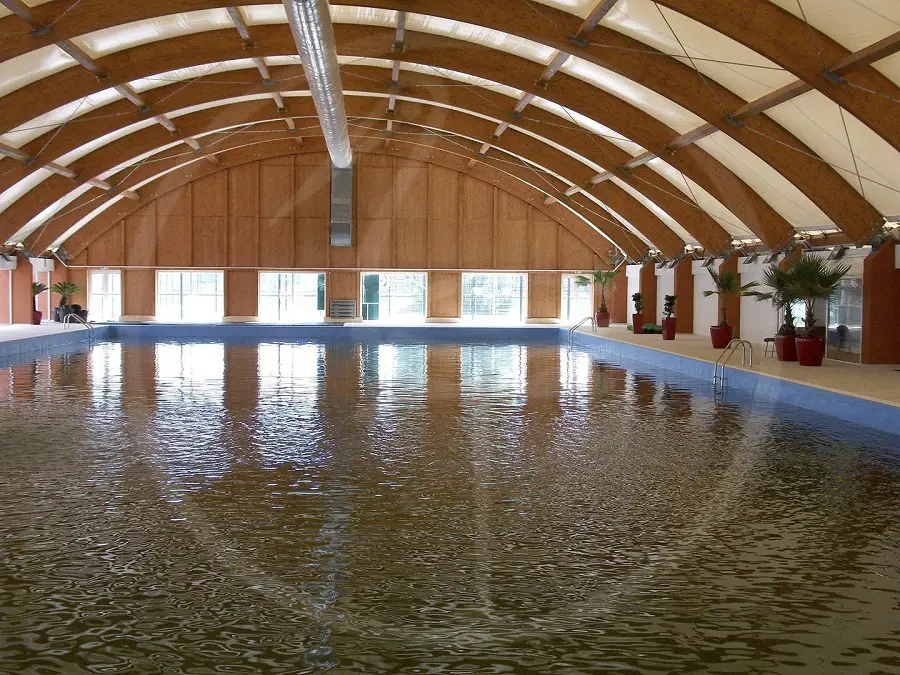
In Romania, too, more and more beams are being built using such beams and it is not surprising, because there are large producers in the country, one near Targoviste, in Harghita and in Timis. I am sure that many of you have admired the Turda saltworks or Therme Bucharest, where laminated beams made in Romania were used in the construction.
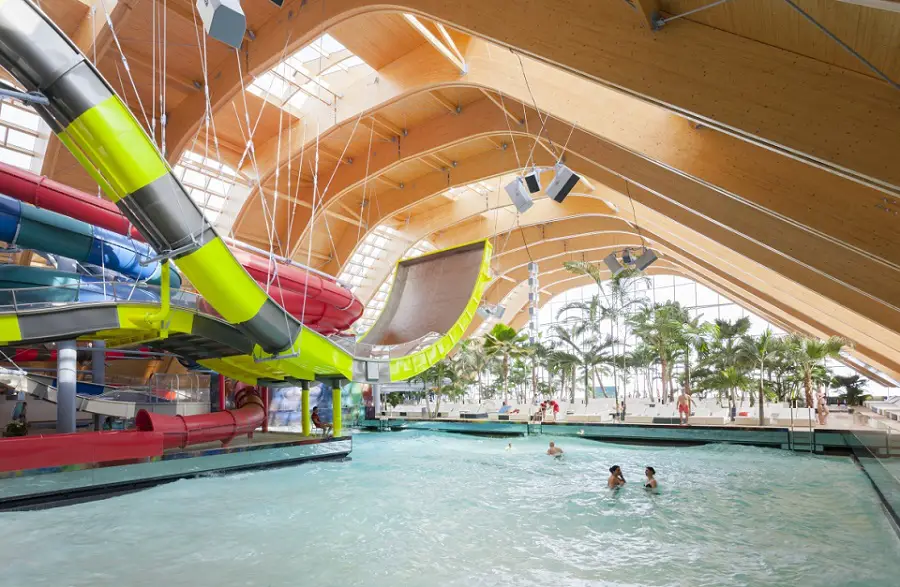





















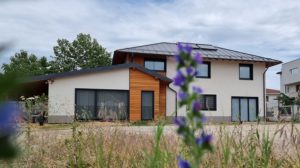


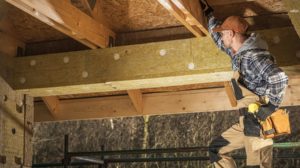

Hello! I might be wrong with the question, but I risk: can these laminated beams also be used for the construction of multi-storey buildings, such as a block of flats or a multi-storey building?
Good evening,
They can also be used in recent times, tall buildings have been built using laminated beams. However, very serious strength calculations must be made for multi-storey buildings. If you search on the internet for the word "glulam" you will be surprised to see what extraordinary buildings have been built on structures made with these beams.
All the best!
[...] with the danger of loss of stability. There are, however, materials - such as glulam (lamellar beams) - with which higher constructions can be made (but not much higher [...]